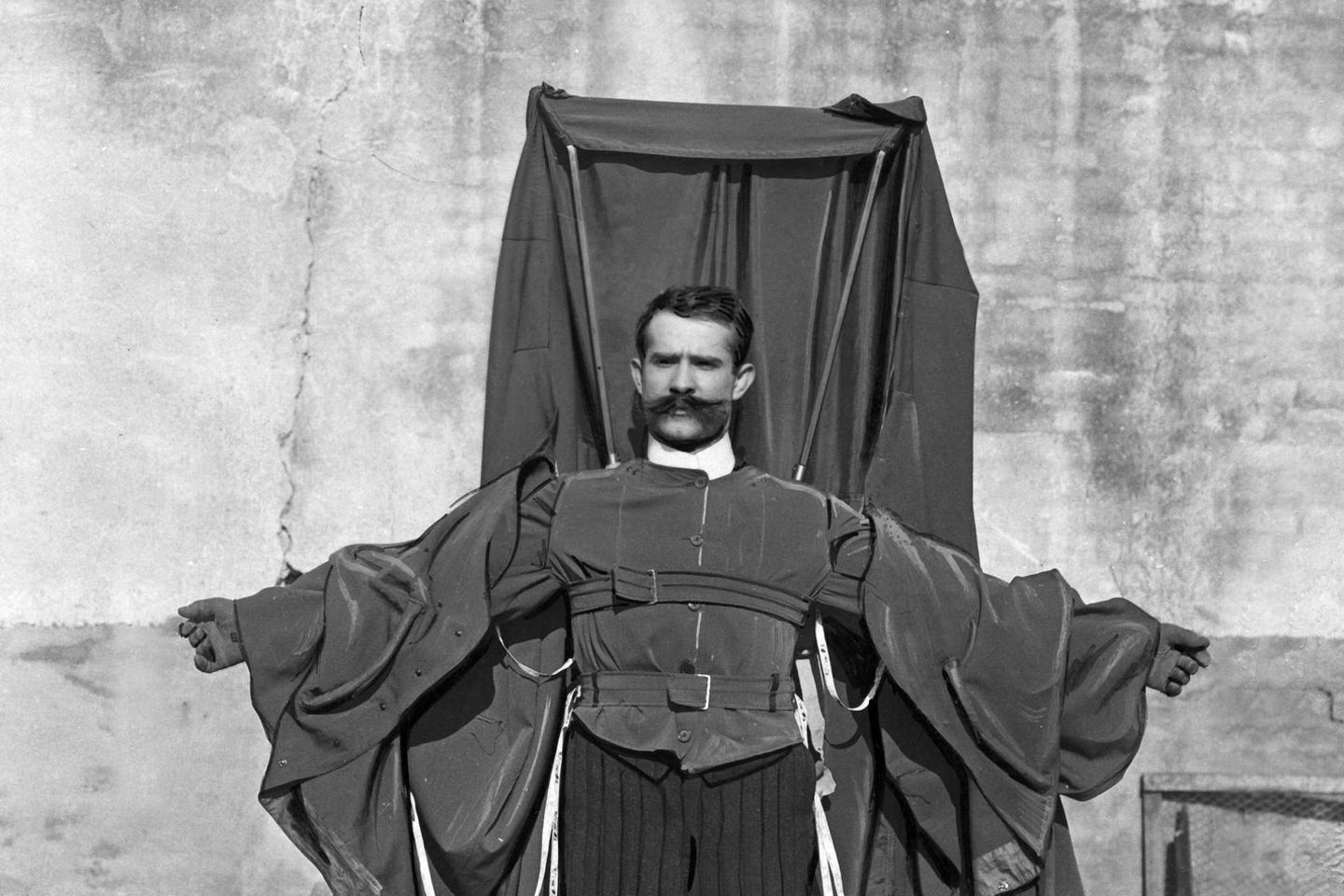
Are you terrified of thunderstorms? If the answer is yes, you might be dealing with ceraunophobia. This intense fear of thunder and lightning can make even a mild storm feel like a nightmare. It's not just a simple dislike; it can cause real anxiety, panic attacks, and disrupt daily life. From trembling and crying to hiding in closets, the symptoms are varied and impactful. But don't worry, you're not alone. Many people, including children and even pets, experience this fear. Understanding ceraunophobia is the first step toward managing it. Let's explore what causes this phobia, its symptoms, and how to overcome it.
Key Takeaways:
- Ceraunophobia, or fear of thunder and lightning, is common and can impact daily life. It can be managed through therapy, medication, and special techniques for children and pets.
- Understanding the causes and symptoms of ceraunophobia can help individuals seek effective treatment, such as exposure therapy and cognitive behavioral therapy, with high success rates.
What is Ceraunophobia?
Ceraunophobia, also known as astraphobia, brontophobia, or tonitrophobia, is an intense fear of thunder and lightning. This phobia can range from mild anxiety to severe panic attacks during storms. Let's explore some key facts about this common fear.
-
Definition and Names: Ceraunophobia is an irrational fear of thunder and lightning. It is also called astraphobia, brontophobia, or tonitrophobia, derived from Greek words related to lightning and fear.
-
Prevalence: This phobia is one of the most common specific fears, affecting a significant portion of the population. In the U.S., it ranks as the third most prevalent phobia, especially among children.
Causes of Ceraunophobia
Understanding the root causes can help in managing this fear. Various factors contribute to the development of ceraunophobia.
-
Genetic Predisposition: Individuals with a family history of phobias are more likely to develop ceraunophobia.
-
Childhood Trauma: Experiencing a severe thunderstorm during childhood can trigger this phobia.
-
Learning Experiences: Cultural and social influences can shape the fear of thunder and lightning.
-
Sensitivities to Fear or Panic: Some people are more prone to developing phobias due to their heightened sensitivity to fear or panic.
Symptoms of Ceraunophobia
People with ceraunophobia exhibit a range of symptoms during thunderstorms. These symptoms can significantly impact their daily lives.
-
Anxiety: Feeling anxious or fearful during storms, even when the threat is minimal.
-
Physical Symptoms: Common physical reactions include trembling, crying, sweating, nausea, and rapid heartbeat.
-
Behavioral Changes: Seeking reassurance from others, hiding in safe spaces like closets or basements, and covering ears or curtains to block out the sound of thunder.
-
Unique Reactions: Some individuals may have a heightened interest in weather forecasts, constantly checking for news of incoming storms. This can lead to anxiety and, in extreme cases, agoraphobia.
Impact on Daily Life
Ceraunophobia can significantly affect an individual's daily routine and mental health.
-
Restricting Activities: Avoiding outdoor activities or places where thunderstorms are common.
-
Affecting Social Interactions: Difficulty participating in social events or gatherings during stormy weather.
-
Influencing Travel Plans: Constantly checking weather forecasts before traveling, which can be time-consuming and stressful.
-
Affecting Mental Health: In severe cases, it can lead to depression and anxiety disorders.
Diagnosis and Treatment
Diagnosing and treating ceraunophobia involves a comprehensive approach. Various methods can help manage this fear effectively.
-
Diagnosis: A psychological evaluation assesses the severity of symptoms and their impact on daily life. The DSM-5 provides guidelines for diagnosing specific phobias, including ceraunophobia.
-
Exposure Therapy: Gradually exposing the individual to thunderstorms in a controlled environment helps them learn that the threat is minimal.
-
Cognitive Behavioral Therapy (CBT): This talk therapy helps individuals identify and change negative thought patterns associated with their fear.
-
Dialectical Behavioral Therapy (DBT): Focuses on developing emotional regulation skills to manage intense emotions associated with ceraunophobia.
-
Medications: Anti-anxiety medications and antidepressants can help alleviate symptoms, but they are generally used alongside other therapies.
Treatment for Children
Children with ceraunophobia require special attention and techniques to manage their fear.
-
Distraction Techniques: Engaging children in games or activities during thunderstorms can help reduce anxiety.
-
Proactive Approach: Treating the storm as entertainment can make it less frightening for children.
Impact on Animals
Animals, especially pets, can also suffer from anxiety during thunderstorms.
-
Dogs: Dogs may show severe anxiety, with high levels of cortisol during and after storms. Remedies include behavioral therapies, anti-anxiety medications, and dog appeasing pheromone.
-
Cats: Cats often hide under tables or behind couches during storms. Behavioral therapies and creating safe spaces can help reduce their anxiety.
Prevalence Statistics
Understanding the prevalence of specific phobias can provide context for ceraunophobia.
- Specific Phobias: Nearly 10% of the U.S. population is affected by specific phobias, with social phobias affecting 7.1% and agoraphobia affecting 0.9%.
Common Phobias
Ceraunophobia is part of a broader category of specific phobias. Here are some other common ones.
-
Blood, Injection, and Injury: Fear of needles, blood, or wounds.
-
Natural Environment: Fear of heights, natural disasters, the dark, or water.
-
Animals: Fear of dogs, cats, snakes, spiders, birds, sharks, and other animals.
-
Situational: Fear of being in an enclosed space, flying, or using public transportation.
-
Other: Fear of objects or situations that don’t fit into any of the other categories.
Treatment Success Rates
While many people with specific phobias do not seek treatment, those who do can experience significant improvements.
- Cognitive Behavioral Therapy (CBT): This therapy is particularly effective, with 80% of those who seek assistance finding relief through CBT.
Overcoming the Fear of Thunder and Lightning
Ceraunophobia, or the fear of thunder and lightning, can seriously impact daily life. Understanding its causes, from genetic predisposition to childhood trauma, helps in addressing this phobia. Symptoms like anxiety, physical reactions, and behavioral changes can be managed with effective treatments. Exposure therapy, cognitive behavioral therapy (CBT), and medications offer significant relief. For children, distraction techniques during storms can be beneficial. Pets also suffer from storm anxiety, requiring special care. While ceraunophobia is common, it’s treatable. Success stories highlight the effectiveness of combined therapies. Consistent treatment and support are crucial to prevent relapse. Cultural sensitivity in treatment approaches ensures better outcomes. By addressing this phobia with the right strategies, individuals can lead a more fulfilling life, free from the constant fear of thunderstorms.
Frequently Asked Questions
Was this page helpful?
Our commitment to delivering trustworthy and engaging content is at the heart of what we do. Each fact on our site is contributed by real users like you, bringing a wealth of diverse insights and information. To ensure the highest standards of accuracy and reliability, our dedicated editors meticulously review each submission. This process guarantees that the facts we share are not only fascinating but also credible. Trust in our commitment to quality and authenticity as you explore and learn with us.


